I'm brand new to Angular.
I tried several approaches to dealing with large numbers using the input number type.
<input type="number" step="1" (change)="handleChange($event)"/>
When I enter the number 1234567890123456789 (a very large number) into this input box and click the arrow up or arrow down, it is frozen as scientific notation.
For exmaple:
I put this number 1234567890123456789.

When I click the arrow up to increase the value, it will look like this, and the value 1234567890123456800 will be returned to my handleChange function (already lost precision).

As a result, text-type input is the solution. However, if I change the type from number to text, my spin box (arrows up and down) will disappear. I want to use text input while keeping the spin box and modifying its behavior. Is this something that can be done?

Thank you in advance.